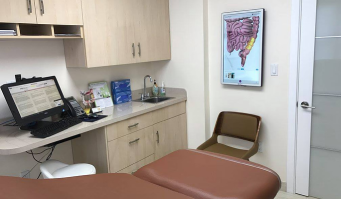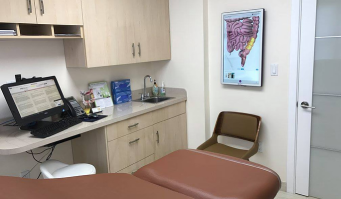Dining Environment:
Swallowing:
Medication Management:




107-21 Queens Blvd #4, Queens, NY 11375

Copyright 2024 Gastroenterology & liver disease. All Rights Reserved.
Site Developed by daatventurelabs.com